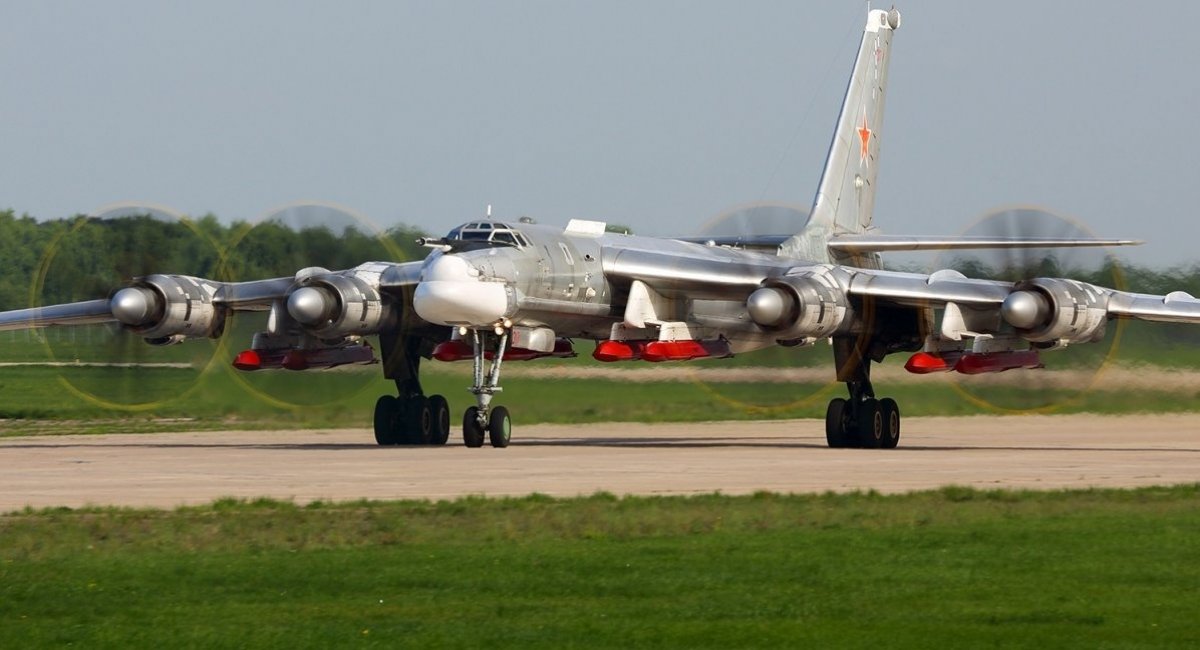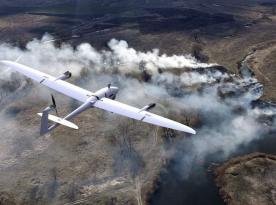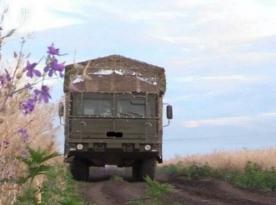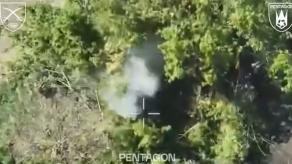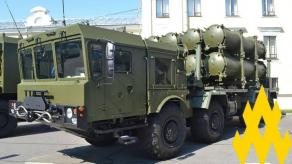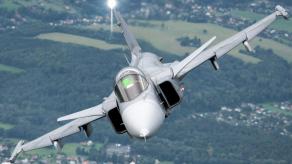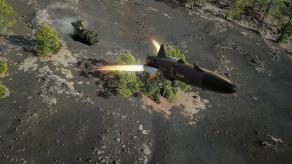During the russian long-range attack on the night of June 6, the russian federation launched 36 Kh-101 cruise missiles from strategic aircraft at Ukraine. This was only part of the arsenal used in the large-scale combined strike, which also included six ballistic missiles from the Iskander and/or KN-23 mobile missile systems, two R-500 cruise missiles from the Iskander system, and 407 Shahed drones as well as decoys.
We need to talk about the cruise missiles separately, because russian propaganda presented this strike as "payback" for Operation Spider's Web, which took out some of russia's strategic aircraft. In addition, russians wanted to show that this strike didn't hurt them.
Read more: F-16, Mirage, or Mobile SAM: What Shot Down russian Su-35 and Why Patriot Struggles to Hit It
According to Defense Express's own sources, the enemy was only able to deploy five Tu-95MS and two Tu-160 aircraft for the strike. Whereas each aircraft previously carried one–three missiles, in this attack russians loaded them to nearly maximum capacity, averaging five missiles per aircraft to maximize the salvo's power. This does not include the fact that some russian cruise missiles fell on russian territory, while the enemy likely launched more than 36 Kh-101s but not all reached their targets.
The last recorded instance occurred on August 26, 2024, during the largest combined strike at that time, which involved at least 127 missiles (compared to 46 missiles launched on the night of June 6, 2025). Then, 11 Tu-95MS aircraft launched 77 Kh-101 cruise missiles.
At the same time, the practice of using missile carriers loaded with a minimal number of missiles was driven by the enemy's intention to reduce aircraft strain and extend their service life. In the same way, Tu-160 aircraft are used sparingly in order to preserve their engine life.
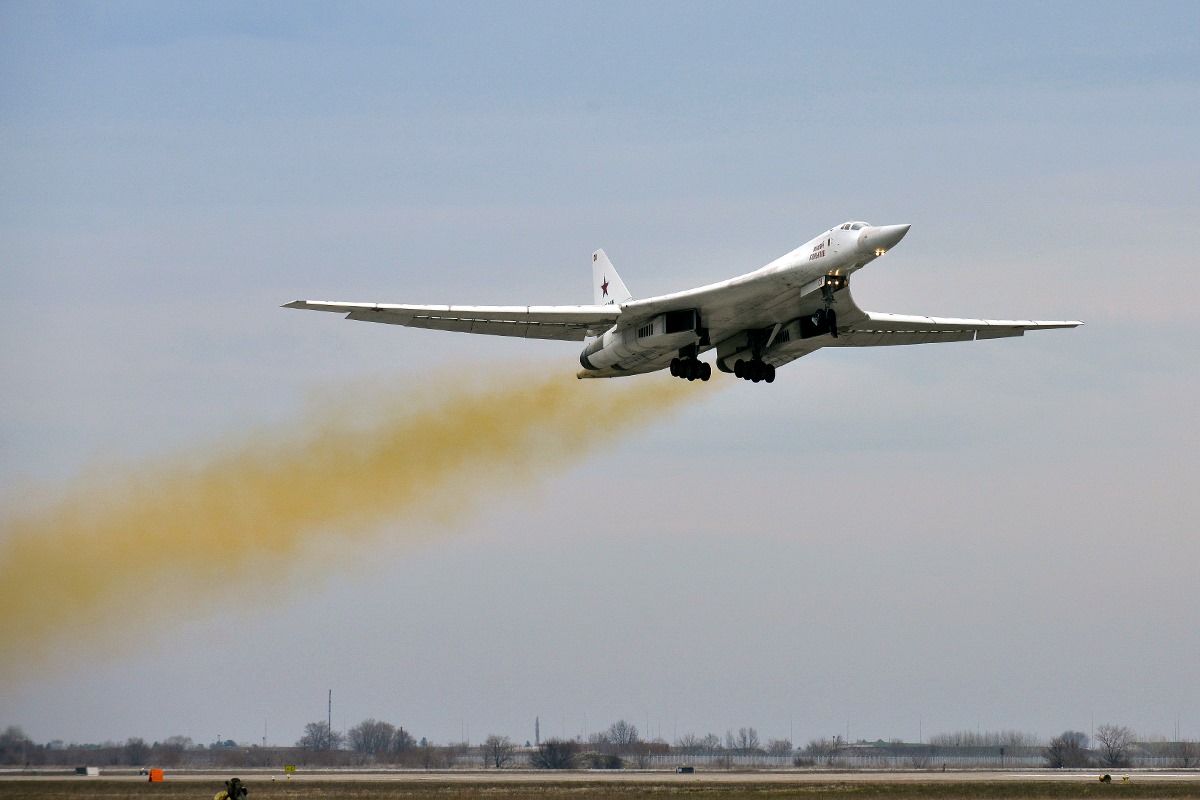
Specifically, whereas previously there were only a few instances every six months to a year, the night of June 6 marked the second consecutive use of the Tu-160. Now, the chronology of the known combat use of the Tu-160 since 2023 looks like this: May 18, 2023, November 17, 2024, May 26, and June 6, 2025. The repeated use of these aircraft in a strike just 10 days later clearly shows that russians, despite everything, were trying to maximize the power of their salvo.
So, if russia wants to maintain a similar pace and power of air-launched cruise missile strikes, it has no alternative but to keep flying a limited number of fully loaded aircraft continuously.
It should be noted that, according to statistics from the Ukrainian Air Force Command, out of 36 Kh-101 cruise missiles detected in Ukrainian airspace, 30 were shot down. Two R-500 missiles were also shot down. The enemy's use of ballistic missiles also had a negligible effect, with four being shot down and two failing to reach their targets.
As for long-range UAVs, which have long been the enemy's primary means of long-range attacks, 368 out of 407 drones were neutralized: 199 were shot down, and 169 were lost within the area or suppressed by electronic warfare.
Read more: Exceptional Precision of Ukrainian Drones in the Strike on Kronshtadt Factory in Dubna




